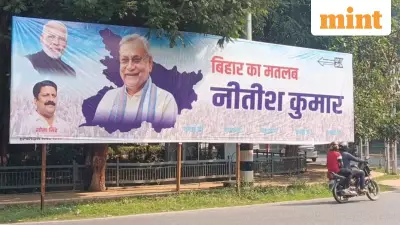
In a thought-provoking opinion piece published on November 15, 2025, journalist Anusha S Rao confronts the disturbing intersection of modern technology and archaic beliefs that continues to plague Indian society. The article tackles the emergence of bizarre palace gossip about using goat-horn remedies to conceive sons, questioning why such superstitious practices persist in contemporary times.
The Disturbing Reality Behind Superstitions
Rao directly challenges the absurdity of the so-called 'goat-horn business' aimed at producing male heirs. She expresses bewilderment that such primitive beliefs still find traction in today's era, particularly when India faces severe demographic challenges. The author emphasizes that we should have moved beyond these regressive practices long ago, especially given the country's pressing gender imbalance issues.
Alarming Statistics Reveal Deep-Rooted Problems
The core of Rao's argument rests on hard statistical evidence that underscores the seriousness of the situation. She points to the shocking reality that some Indian states record fewer than 882 female births for every 1,000 male births. This significant gender disparity reveals the devastating consequences of son preference and gender discrimination that still permeates sections of Indian society.
Rao's commentary suggests that the persistence of such superstitious practices, combined with the creation of deepfakes spreading palace gossip, contributes to normalizing dangerous attitudes toward gender. The digital age has given new life to old prejudices, allowing them to spread more rapidly through modern communication channels while masking their harmful implications.
A Call for Societal Reflection
The article serves as a powerful critique of how ancient superstitions continue to influence modern behavior, despite overwhelming evidence of their damaging effects. Rao implicitly questions whether society has truly progressed when such beliefs can still generate discussion and potentially influence actions.
By highlighting the stark contrast between technological advancement and regressive social practices, the piece encourages readers to reflect on the contradictions within contemporary Indian society. The author's frustration is palpable as she confronts the reality that while India marches forward in many areas, certain segments remain trapped in outdated thinking patterns that have real-world consequences for gender equality and demographic stability.
The November 15th publication date marks an important contribution to ongoing discussions about gender discrimination in India, coming at a time when the country continues to grapple with implementing effective measures to address sex ratio imbalances.





